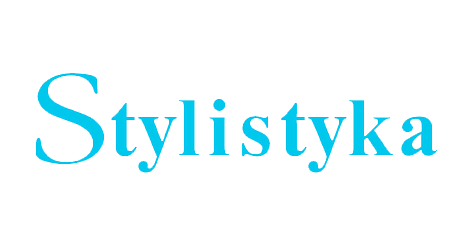

The author gives an analysis of the language of a several hundred graffiti gathered during the last two years in the streets of Lublin and Zamość. She considers these inscriptions as minimal textual expressions and interprets them with regard to their semiotic role in the speech act. The act model accepted is a modified version of the Bühler- Jakobson proposal. In the case of graffiti size limitations make most of these expressions take the form of simple sentences or clause equivalents, in which the principles of semantic/syntactic combinability operate as cohesion markers. Such constructions further judgements, aimed at in most inscriptions. The judgements result in the use of crude words of colloquial and vulgar type. The subject matter of the communications influences the graffiti vocabulary, which relates mainly to politics and everyday life.
Grafitti is also peculiar for its specific anonymous sender and receiver - sometimes fake or concealed. The authors are usually children or young people. In a part of the analysed graffiti one can notice some links with students’ jargon, visible e.g. in producing typical jokes. At the end of the article the author discusses the question of the importance of the place (the channel) of the information passage and the interaction of graffiti with artistic elements. She also states that one can talk about a specific, conventionalized style (code) of the inscriptions.
Pobierz pliki
Zasady cytowania